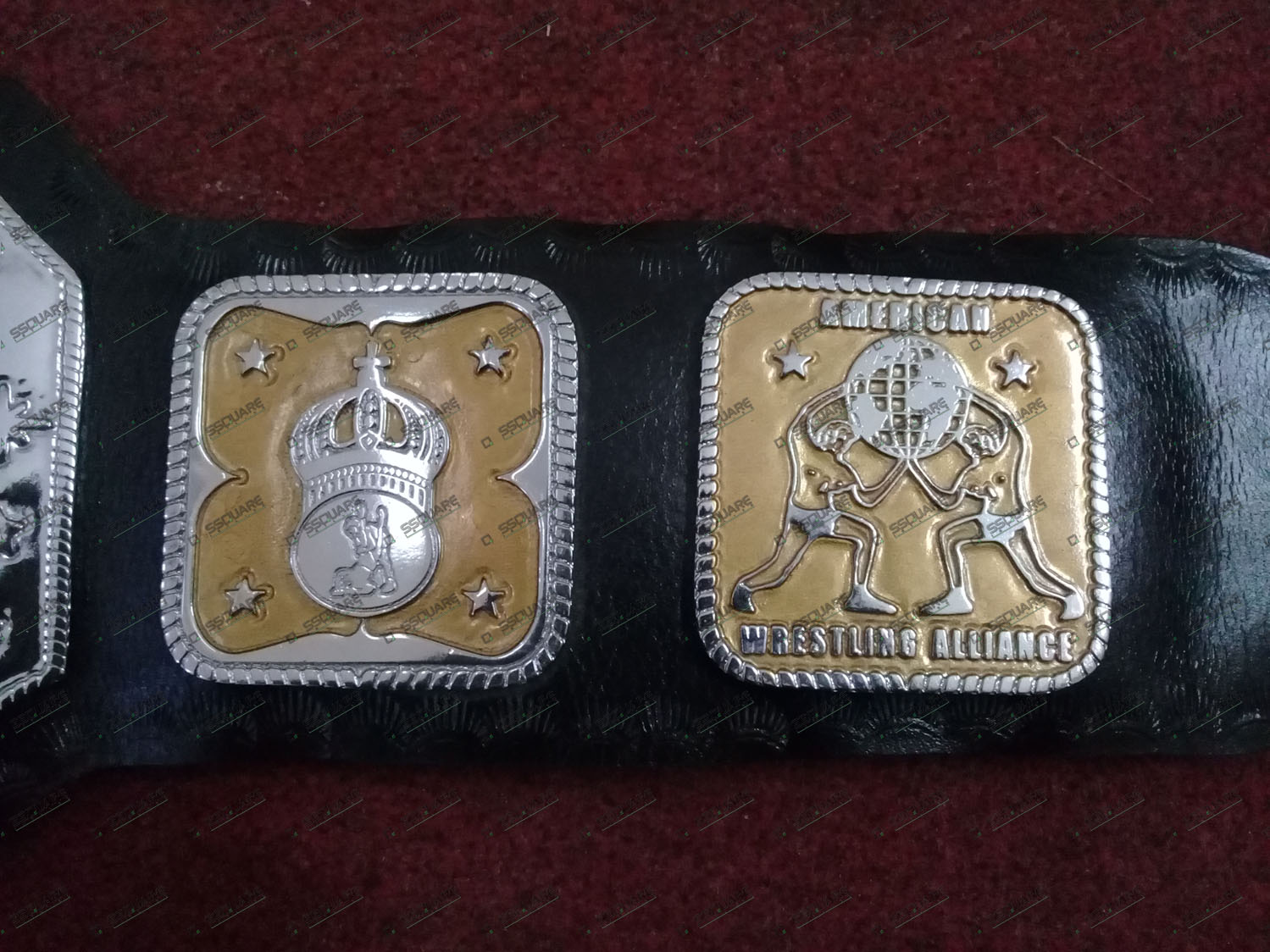

On September 8, two days before Flair's WWF debut, the NWA followed suit and also stripped Flair of their recognition as world champion.įlair soon signed with the World Wrestling Federation (WWF, now WWE) and exhibited the Big Gold Belt there, proclaiming himself "The Real World's Heavyweight Champion" until WCW sued, upon which Flair instead used a WWF World Tag Team title belt, digitized out on television, on the (kayfabe) orders of WWF President Jack Tunney until Flair won the World Wrestling Federation Championship at the 1992 Royal Rumble, thereby unifying it with his own claim. WCW was forced to strip Flair of their recognition of world champion and introduced a new title belt design to continue to represent the WCW World Heavyweight Championship. The Big Gold Belt left with Flair due to a dispute with WCW Vice President Jim Herd in which Herd refused to return Flair's $25,000 deposit, a deposit per regulations that was required of reigning NWA World Heavyweight Champions and was to be returned after the conclusion of their reigns. In July 1991, Flair and WCW parted ways while Flair was still champion. While Flair would defeat Fujinami at SuperBrawl I on to reunify the NWA and WCW world titles, during Fujinami's approximately two-month reign as NWA World Heavyweight Champion, Flair retained possession of the championship belt and it only represented the WCW World Heavyweight Champion. However, WCW did not recognize this title change. Following this match, the NWA recognized Fujinami as their new champion. On March 21, 1991, Tatsumi Fujinami defeated Flair at the WCW/New Japan Supershow. An exception to this arose in the spring of 1991. During this time, the Big Gold Belt represented the NWA World Heavyweight Championship as well as the newly established WCW World Heavyweight Championship.

In January 1991, WCW officially recognized Ric Flair as their world champion in conjunction with the NWA's recognition. They are the only two men to have held all three of the championships it represented in WCW. Sting and Ric Flair pose with a replica of the belt.
AWA CHAMPIONSHIP BELT REPLICA TV
He launched the promotion World Championship Wrestling (WCW), which took its name from JCP's flagship tv show, and inherited its membership in the National Wrestling Alliance (NWA), continuing to promote the NWA World Heavyweight Champion Ric Flair. In 1988, the assets of JCP were purchased by media mogul Ted Turner, whose cable network TBS broadcast JCP programming. The championship belt debuted on February 14, 1986, at a Championship Wrestling from Florida card called "Battle of the Belts II", where NWA World Heavyweight Champion Ric Flair defended the title against Barry Windham. Jim Crockett Jr., of Jim Crockett Promotions (JCP), commissioned Charles Crumrine, a Reno, Nevada, silversmith specializing in rodeo-style belt buckles, to produce the new championship belt. The Big Gold Belt was first introduced in 1986 to replace the NWA World Heavyweight Championship belt that had been used since 1973, historically known as the "domed globe", and nicknamed by both wrestlers and fans the "Ten Pounds of Gold". History NWA World Heavyweight Championship The original championship belt design was known for being unbranded as it only read "World Heavyweight Wrestling Champion" and bore no initials or trademark of its owning promotion. While not the first wrestling championship belt to incorporate a name plate, it popularized the concept. Originally designed in 1985 by silversmith Charles Crumrine and commissioned by Jim Crockett Promotions for NWA World Heavyweight Champion Ric Flair, the championship belt has three large gold plates with a distinctive name plate onto which the champion's name was etched.
AWA CHAMPIONSHIP BELT REPLICA PROFESSIONAL
The Big Gold Belt is a historic professional wrestling championship belt that has represented multiple world championships throughout its history. WWE would reintroduce the design for the unbranded World Heavyweight Championship in 2002, incorporating their logo. The original Big Gold Belt first used in the National Wrestling Alliance, then World Championship Wrestling, and finally World Wrestling Entertainment (then known as the World Wrestling Federation).


 0 kommentar(er)
0 kommentar(er)
